I’ve spent the last few months keeping a close eye on Nvidia’s next wave of laptop GPUs, and the RTX 5060 has been one of the most buzzed-about pieces of tech in that space. From leaks and rumors at CES 2025 to official spec reveals and early reviews from YouTubers I trust, it’s been a fascinating launch window.
And now, it’s finally happening. The RTX 5060 is landing in laptops, and what I’ve found is a mix of optimism, some red flags, and a lot of machines ready to strike that sweet balance between performance and affordability.
Why the RTX 5060 Matters Right Now
Every GPU release is usually met with a mix of excitement and skepticism. But the RTX 5060 matters more than most. It’s Nvidia’s middle child — not the most powerful, but not the weakling either. It’s the GPU that many of us actually end up buying.
If you’re a student looking for a laptop that can handle both classes and some late-night gaming, or a professional who dabbles in creative work but doesn’t want to haul around a two-inch-thick machine, the RTX 5060 becomes a compelling option. It’s that sweet spot of power without breaking the bank.
Especially as we’re moving into a new age of “AI-powered” everything — from processors to software — the 5060 isn’t just a spec bump. It could be the GPU that brings next-gen tools like real-time upscaling, DLSS 3.5, or even generative AI features to the everyday user.
The Performance Picture — What We Know
Let’s talk raw power. The RTX 5060 is rumored to come with 8GB of GDDR6 VRAM and, just like the 4060 before it, a 128-bit memory bus. I’m not going to sugarcoat it — that memory bus is narrow, and it’s sparked a lot of conversations.
For 2025 standards, 128-bit isn’t great. Especially if you’re running demanding games at 1440p or higher, or working with video editing and 3D rendering software. But Nvidia’s bet — and frankly, it’s paid off before — is that better compression, faster VRAM, and smarter resource handling via DLSS and AI enhancements can offset that narrow bus.
And you know what? They might be right. The leaked benchmarks, especially from 3DMark, suggest that the RTX 5060 holds its own surprisingly well. It doesn’t beat the 5070, but it closes the gap between 4060 and 4070 quite nicely.
Real-World Use Cases — Who This GPU Is Really For
I’ve seen a lot of marketing around the RTX 5060 focusing on creators and gamers, and I get it. But I think the more important story is for users like:
- Students who want one laptop that can go from a lecture hall to a Call of Duty session without overheating or draining in an hour.
- Remote professionals who need fast render times, solid multi-display support, and hardware-accelerated workflows without buying a desktop rig.
- Content creators just starting out, maybe experimenting with Blender, DaVinci Resolve, or Unreal Engine — all of which benefit hugely from GPU acceleration.
The 5060 isn’t going to be your go-to for 4K ray tracing ultra settings. But for most of us — for most of what we actually do — it hits the mark. That’s what I’ve been waiting for.
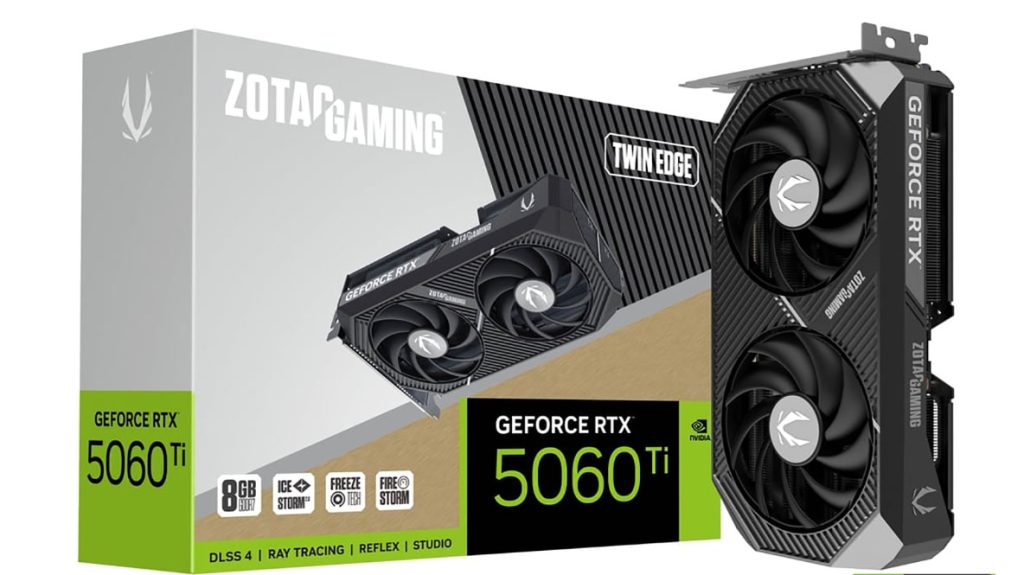
Let’s Talk Laptops — Machines with the RTX 5060
As of now, several laptop manufacturers have officially begun rolling out or announcing models with the RTX 5060. I’ve been tracking the following machines closely, and some have already been spotted in preorders or listings:
1. Acer Predator Helios Neo 16S
This one caught my attention back in January at CES. I remember thinking, “This might be the most low-key powerful machine Acer’s ever made.” It’s got a 16-inch OLED display that’s just stunning in person — sharp, deep blacks, and enough brightness to handle sunny coffee shop days.
The version with the RTX 5060 pairs it with Intel’s Core Ultra 9 275HX, which is a serious chip. I/O is excellent — tons of USB-A and C ports, HDMI 2.1, and even Ethernet, which I love because I hate fiddling with adapters when I’m streaming or gaming.
What really sold me was the build. Thin but sturdy, with a keyboard that felt better than some MacBooks I’ve tried. It’s got gamer DNA, but the styling is subtle enough for a meeting room.
You can check it out on Newegg and Best Buy, both of which have stocked Acer Predator lines consistently for years.
2. ASUS ROG Zephyrus G14
Now we’re talking. The G14 has been a favorite of mine since it launched a few years back. I once called it the “MacBook for gamers” — and the 2025 version only makes that more true.
The model expected with the RTX 5060 includes a 14-inch OLED screen, Ryzen AI HX 370 CPU, and an aluminum chassis that feels absolutely premium. It’s lightweight, sleek, and doesn’t scream “I’m a gaming laptop” unless you really look.
It already ships with RTX 5080 and 5070 Ti options, and insiders say the 5060 version is ready to roll.
If you’re in the U.S., Amazon is the easiest place to snag one. ASUS tends to launch their G14s there first, and often with early bundle deals.
3. Dell Alienware 16 Area-51
Alienware has always been a little over-the-top in its design language, but the 2025 Area-51 laptop? It’s stylish in a weirdly retro way. Teal accents, rounded edges — it’s trying to evoke their old desktop towers, and it kind of works.
Specs-wise, it’s got a QHD+ screen, per-key RGB, and even dual cameras (including an 8MP UHD front cam). That’s the first time I’ve seen an 8MP webcam on a gaming laptop.
Dell already listed models with the RTX 5070 Ti, but the 5060 option is confirmed, and for folks looking for raw thermal headroom and cooling, this is probably the most over-engineered of the bunch.
You’ll find this one popping up on Dell’s official website and sometimes on Micro Center if you like buying in-store.
4. Gigabyte AERO X16
This one’s aimed squarely at creators. The RTX 5060 pairs with a Ryzen AI 9 HX 370 CPU and up to 64GB of RAM. The 16-inch screen is an IPS WQXGA panel, so not quite OLED, but still sharp and color-accurate.
If you’re a video editor or working with color-sensitive projects, this one’s worth a look. Especially with the 4TB SSD options and support for fast storage access.
Gigabyte’s machines aren’t always the prettiest, but this one is actually quite sleek — comes in Lunar White and Space Gray, and the anodized finish looks premium.
Gigabyte laptops are reliably stocked on B\&H Photo Video — great if you want more creator-focused bundles.
5. HP Omen Max 16
I’ve used several Omen laptops over the years, and they’ve come a long way. The Max 16 version includes a gorgeous 165Hz OLED screen, Intel Core Ultra 7 CPU, and even a bottom-facing RGB light bar that syncs with your keyboard.
It’s heavier than most (close to 6 lbs), but it runs cool, sounds great (those HP dual speakers are no joke), and the per-key RGB with translucent keys makes it feel next-gen.
HP hasn’t officially listed the RTX 5060 version, but all signs point to it being included soon, especially since the 5070 Ti version is already on sale.
You can track this model on HP’s official store and also on Adorama if you’re after higher-end SKUs.
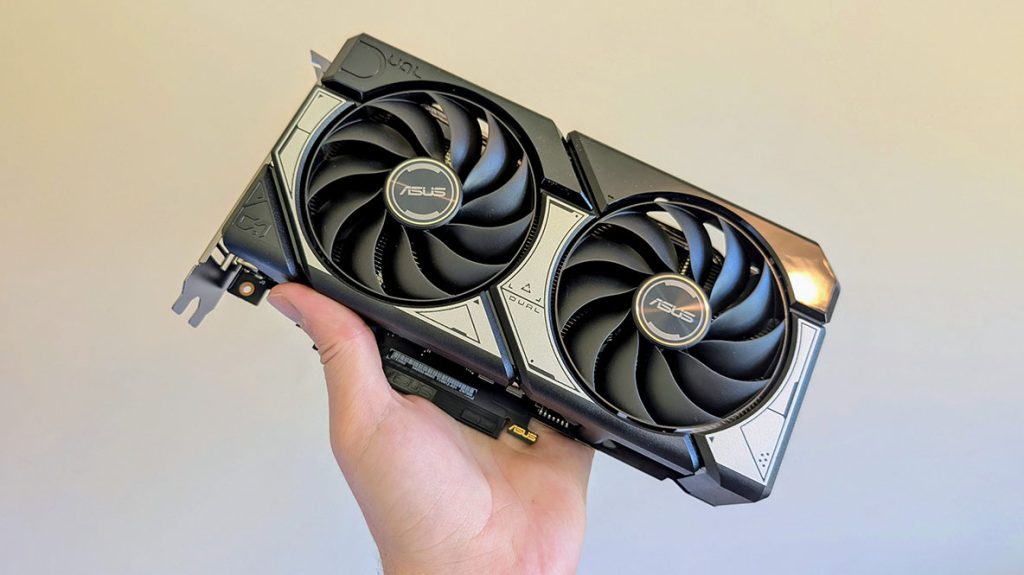
Where to Buy — My Go-To Platforms
There are a few platforms I personally use for laptops and GPUs. Based in the U.S., these always have solid stock, fair return policies, and good support:
- Amazon.com – Fast shipping, wide selection, lots of user reviews.
- BestBuy.com – Great for in-store pickup and open-box deals.
- Newegg.com – Best place to compare configurations.
- B\&H Photo Video – Perfect for creator-focused devices.
- Micro Center – Ideal for in-person advice and deals.
- Manufacturer websites – Dell, HP, ASUS all tend to offer student discounts or extras if you buy direct.
The Concerns — Let’s Be Honest
I’ve got to address the elephant in the room: Nvidia’s driver issues. Especially with the 50-series, reports of black screens, crashes, and performance inconsistencies have been piling up.
And I’ve seen it myself — a friend’s 5070 machine randomly dropped to 10 FPS in Baldur’s Gate 3 until a reboot. These are not isolated issues.
There’s also concern around pricing. If the 5060 laptops creep into \$1,700 territory, they stop being “midrange” and start competing with lightly discounted 4070 laptops. So pricing will matter a lot.
Still, if Nvidia and the OEMs can keep drivers up-to-date and offer these laptops at the right price point (sub-\$1,400 ideally), the 5060 could hit the perfect spot.
The RTX 5060 isn’t the fastest, flashiest, or boldest GPU Nvidia has ever made — but that’s exactly why I care about it. It’s the one that a lot of people will use every single day. In schools, in remote jobs, on studio desks, and in coffee shops.
It’s the GPU for the real world. Not everyone needs a 5090 beast machine. But many of us still want to game, create, and push what we do forward — and we want a laptop that keeps up without weighing 8 pounds or costing three months’ rent.
And right now, the RTX 5060 looks like it’s going to be that GPU.
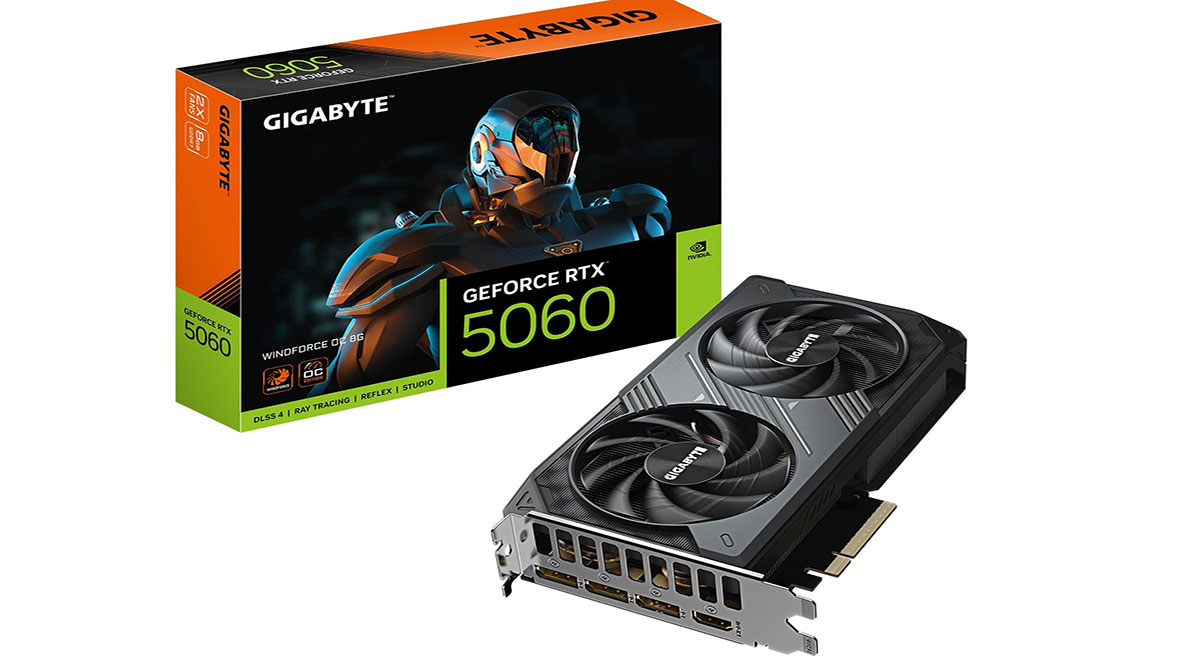
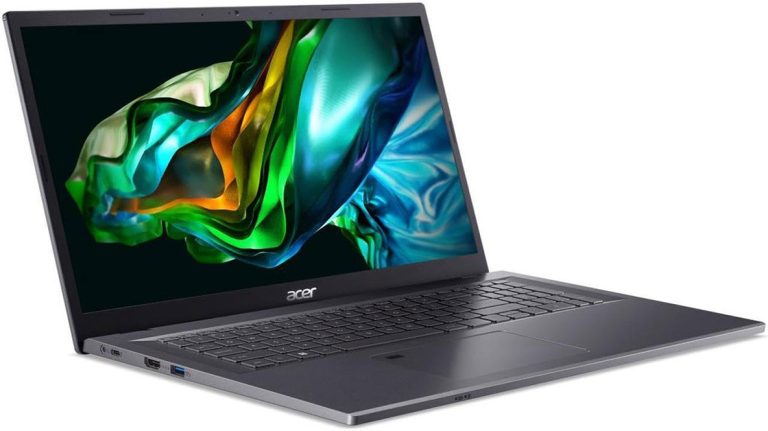
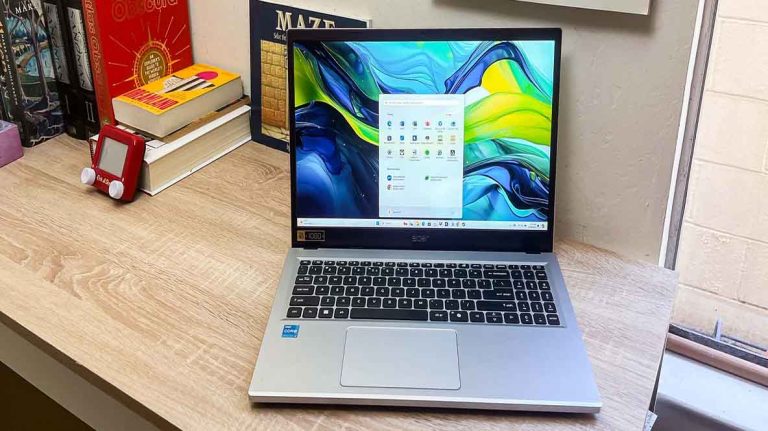
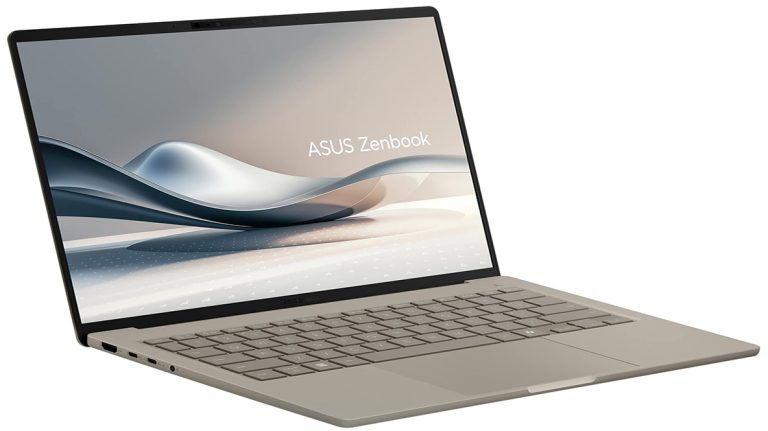

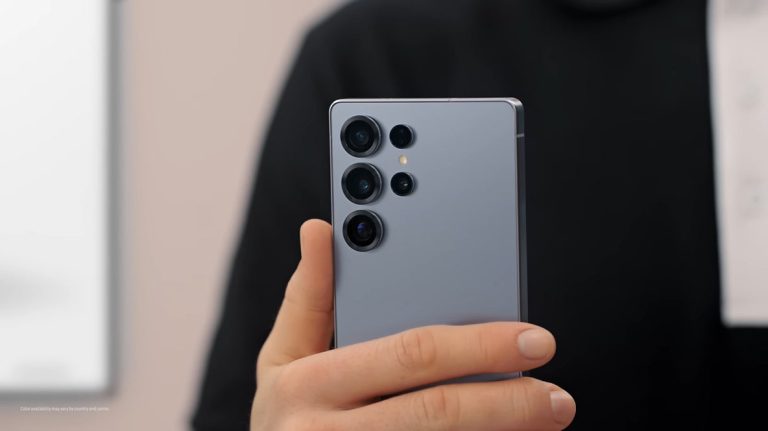
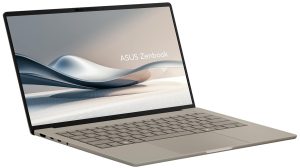

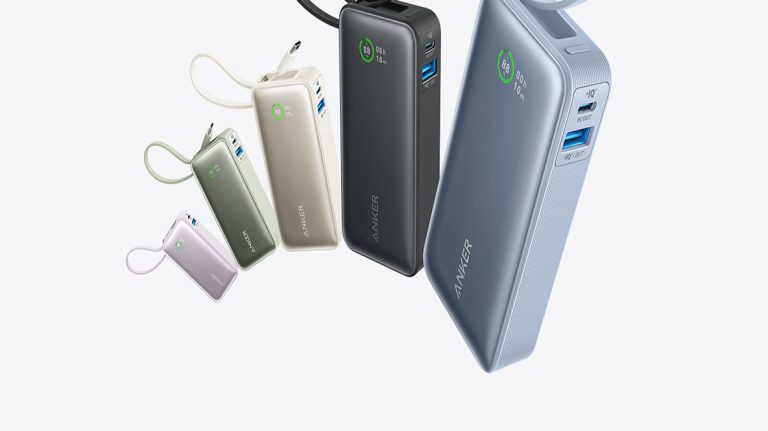


+ There are no comments
Add yours